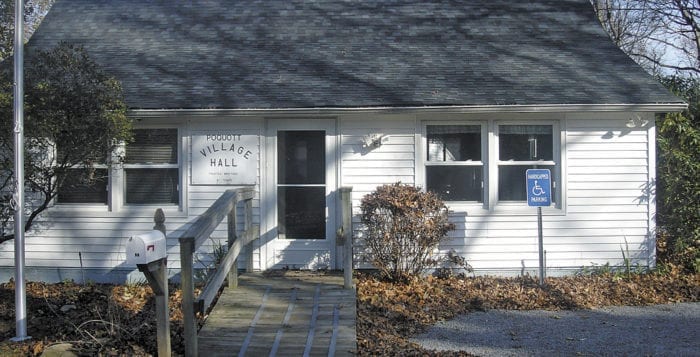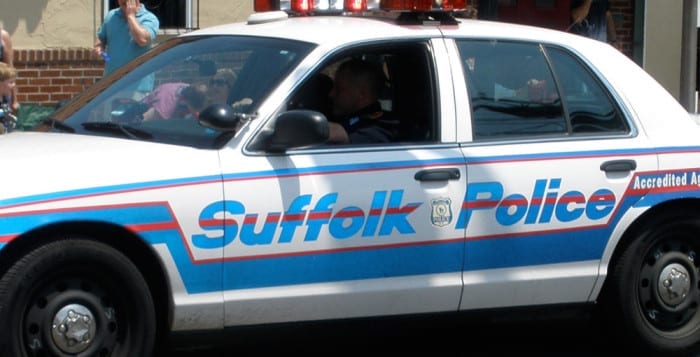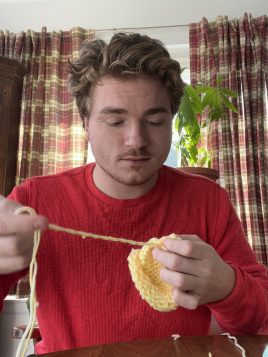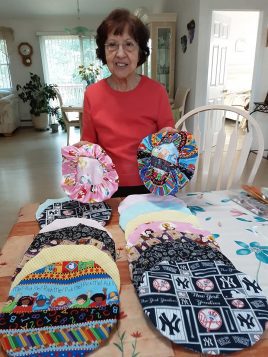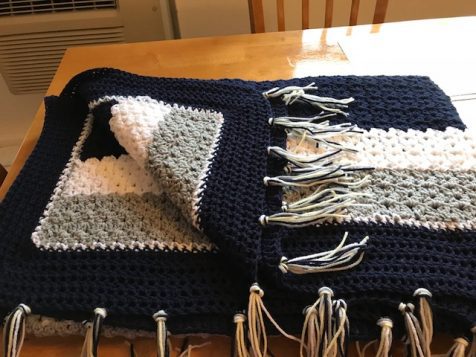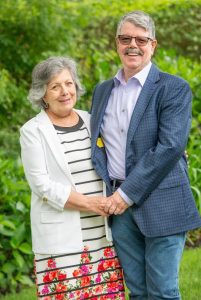By Daniel Dunaief

I want to talk about dog poop.
I don’t intend to describe it, compare notes, or ponder the meaning of bending over after our dogs relieve themselves to take their excrement and dump it in our garbage cans or, perhaps, to ship it to Mars so Matt Damon will have fertilizer for a crop of potatoes.
It’s the whole picking up of the steaming logs that I’d like to address.
You see, the other day, my son and I took our 95-pound dog for a walk. Yes, bigger dogs make larger and, often, smellier poops. I know because I’ve walked smaller dogs recently and am amazed at the delicate little pebbles they gingerly push out of their smaller digestive systems.
So, there we were, the three of us, on our happy stroll, with my dog smelling everything and nothing and my son and I talking about, shocker, sports!
My dog did his thing. At that point, I reflexively leaped into action, opening a small plastic bag that I turned inside out so I didn’t have to come into contact with, you know, it.
I bagged it up, the way I always do, tied the bag twice, as is also a part of the routine, and gently lay the bag near a tree, preparing, as I have for the last five years, to retrieve the bag on my return trip.
That’s when a bald, angry, younger man honked at me from his car and threw out his hands in a frustrated “are-you-kidding-me-right-now” pose.
I shrugged and kept walking because other people’s anger, particularly when I don’t feel responsible for it, isn’t about me.
But the gentleman didn’t leave well enough alone. He circled around and found my son, my dog and me, rolled down his angry window and demanded to know if I was planning to pick up the poop.
“Yes, of course,” I said. “I’ve been walking him for five years, and I pick it up every time.”
My son seemed more than a bit amused.
“Are you the dog poop police?” he asked.
“Yes,” the man in the pickup truck replied without a touch of irony.
“Can I see your badge?” my son asked.
This was heading in the wrong direction.
“I hate it when people leave their dog’s poop all over the neighborhood,” the gentleman, who was coming across as anything but gentle, said. “Are you sure you’re going to pick it up?”
“Yes,” I said. “I always do.”
“Do people leave poop everywhere?” my son asked.
“Yes, they do,” the man said.
The stare down lasted another few minutes. Why, I thought later, would I bother to bag up his poop as if it were a holiday present if I intended to leave it? Wouldn’t I continue walking, ignoring the doggy remains of his dinner?
The man drove off. No, he didn’t spin his tires. When I picked up the bag, I looked around to see if he was hiding, waiting to catch me in a dog-faced lie.
Alas, despite the numerous pickup trucks that sped by, none looked like his truck or had his scowl leaning out of the window.
We sure are an angry and confrontational society these days, aren’t we? This man took time out of his day to confront me about a bag of poop.
I guess the good news is that he’s protecting us from dog poop scofflaws. The sad part, however, is that he figured I was prepared to bag it up and leave it behind. He didn’t know me and quickly assumed the worst.
I wonder if he feels the same level of concern for, say, the wrappers people toss out of their car windows. Does he knock on car doors to ask people sitting with their engines on to turn them off so they don’t pollute the air?
Now, that’s an idea that makes sense to me. Then again, the dog poop patrol probably made sense to him. If my dog had any idea what was happening, he’d have quite a tale to share with his canine companions.




